Early morning in September and already the temperature’s rising as our group makes its way down the narrow gorge to the ancient trading city of Petra. We’re heading towards the famous Treasury carved from the sheer pink rock face, but whilst I’ve long wanted to see this emblem of Nabataean civilisation, familiar from so many photographs and films, I almost don’t want to get there. What if I’m disappointed?
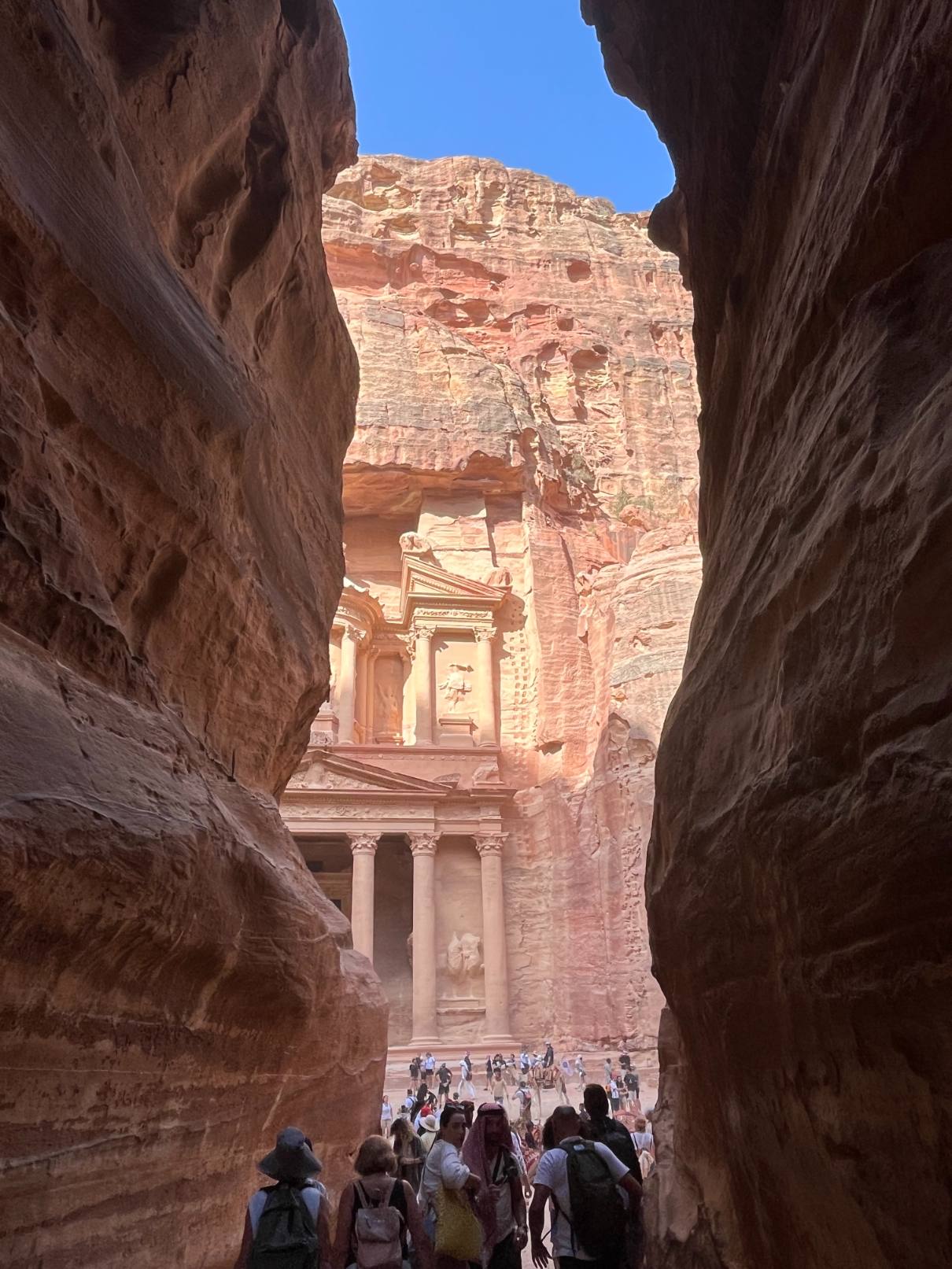
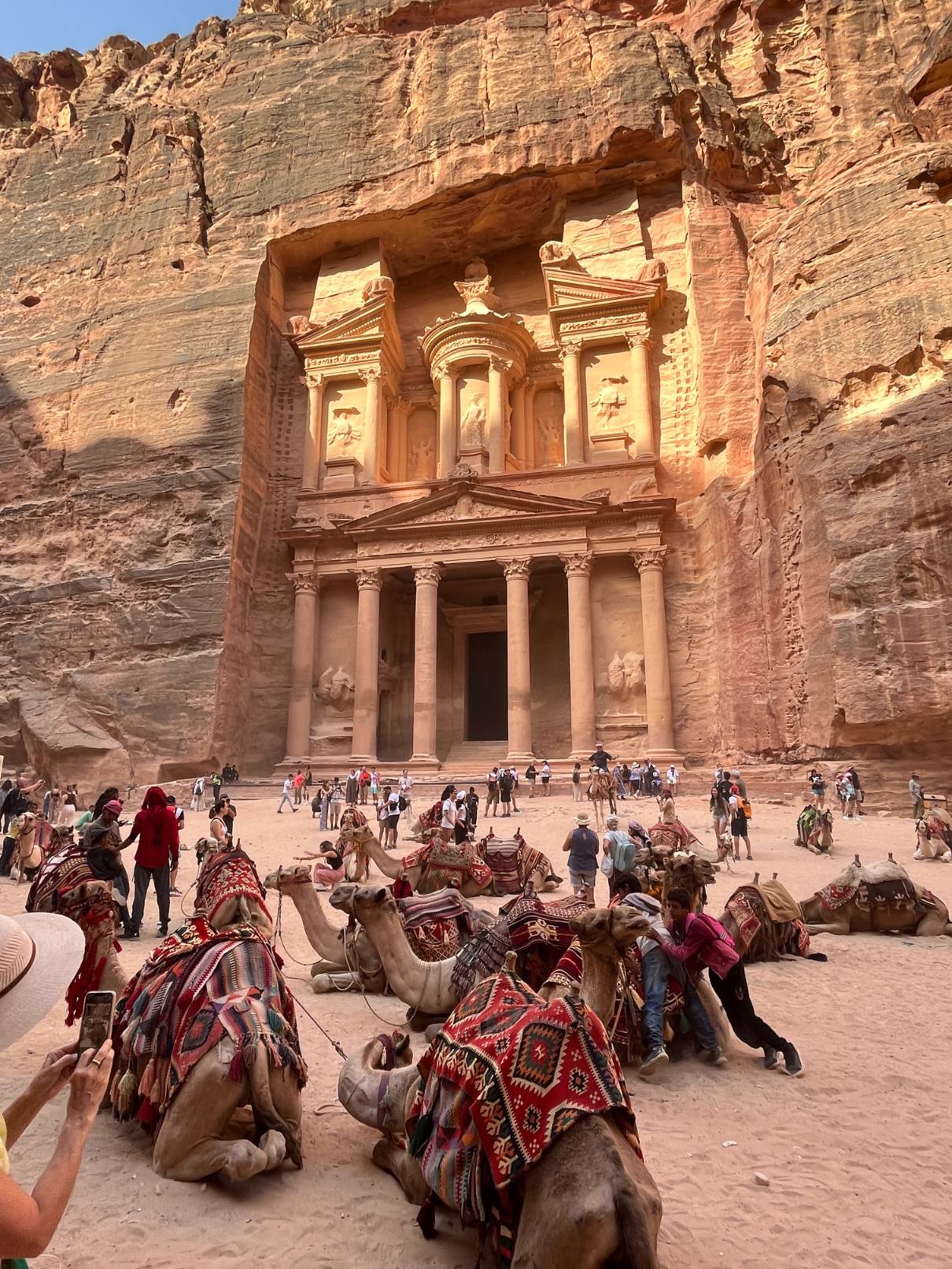
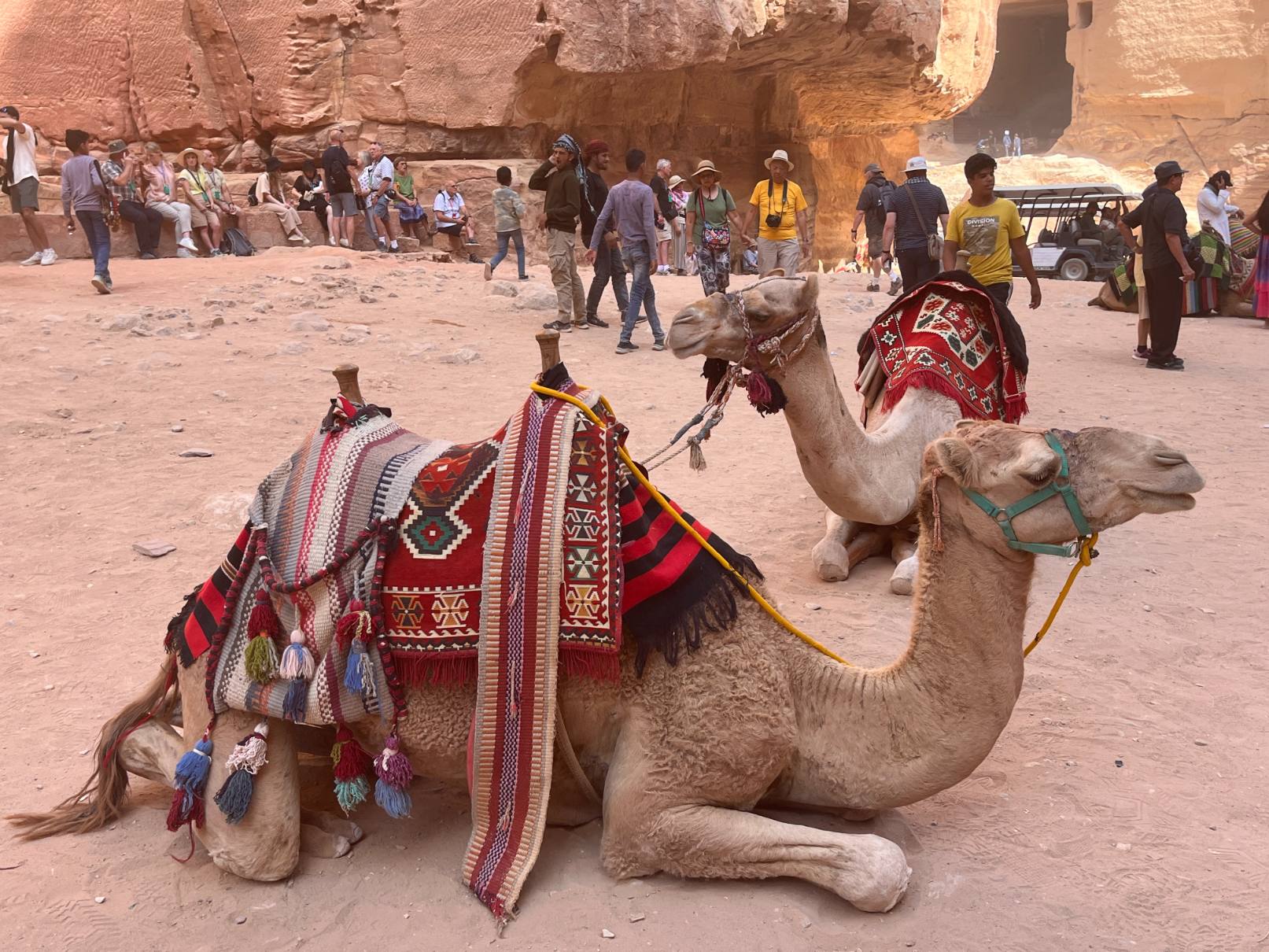
But I’m not. The enormous monument – voted one of the Seven Wonders of the Modern World – is every bit as impressive as I hoped it would be. More so. The open space in front of the towering façade is filled with the bustle of men and animals, the air pervaded by the mixed aromas of frankincense and camel. And leading away to the right is a wider gorge, lined with more ancient monuments. Petra is clearly much bigger than I imagined.
My husband John and I had booked a holiday to visit Jordan in October 2020 to celebrate our Ruby Wedding, only for our bucket-list trip to be scuppered by Covid. Three years on, however, we are finally here on a six-night escorted trip with Riviera Travel.
Wadi Rum desert experience
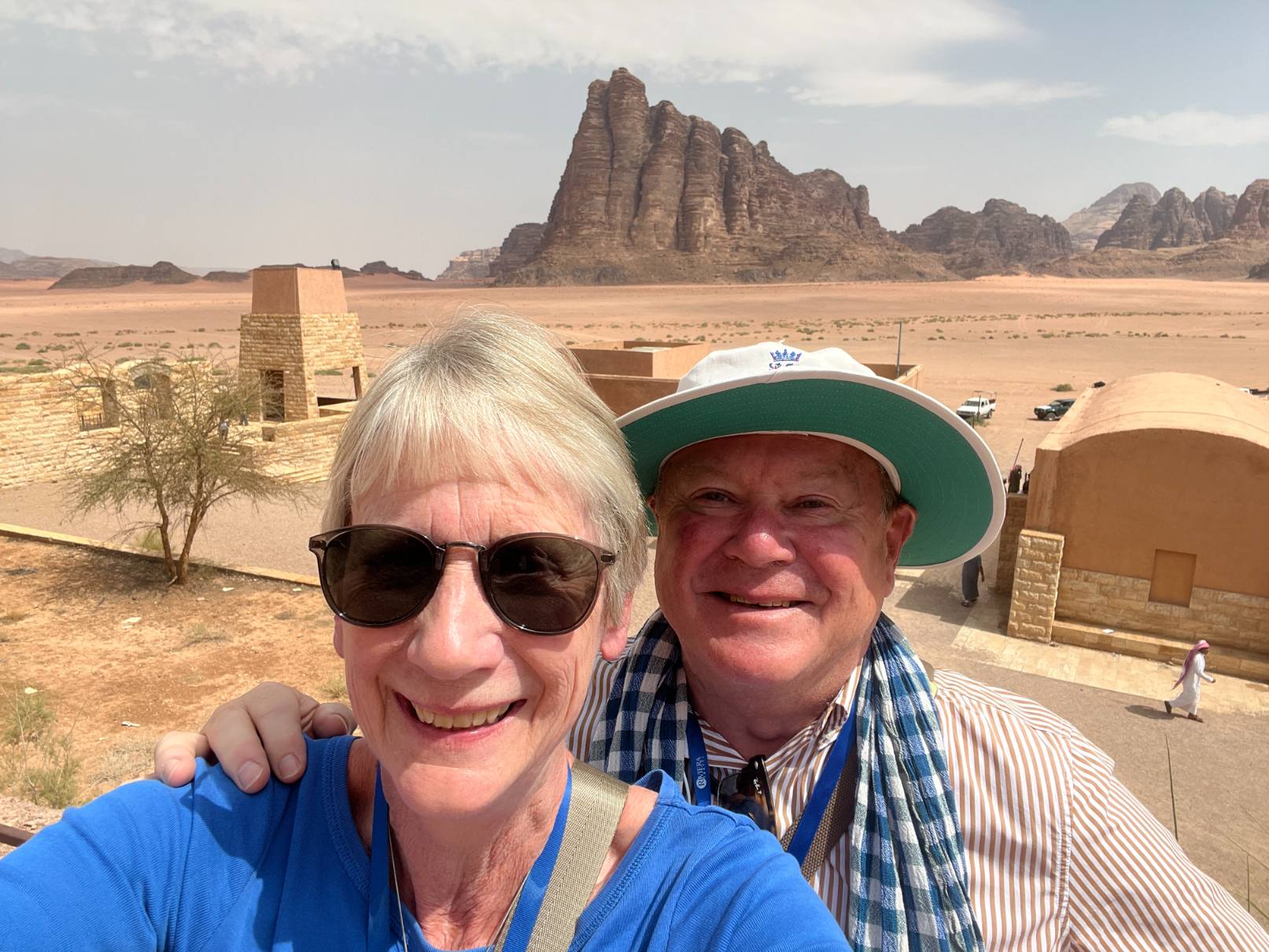
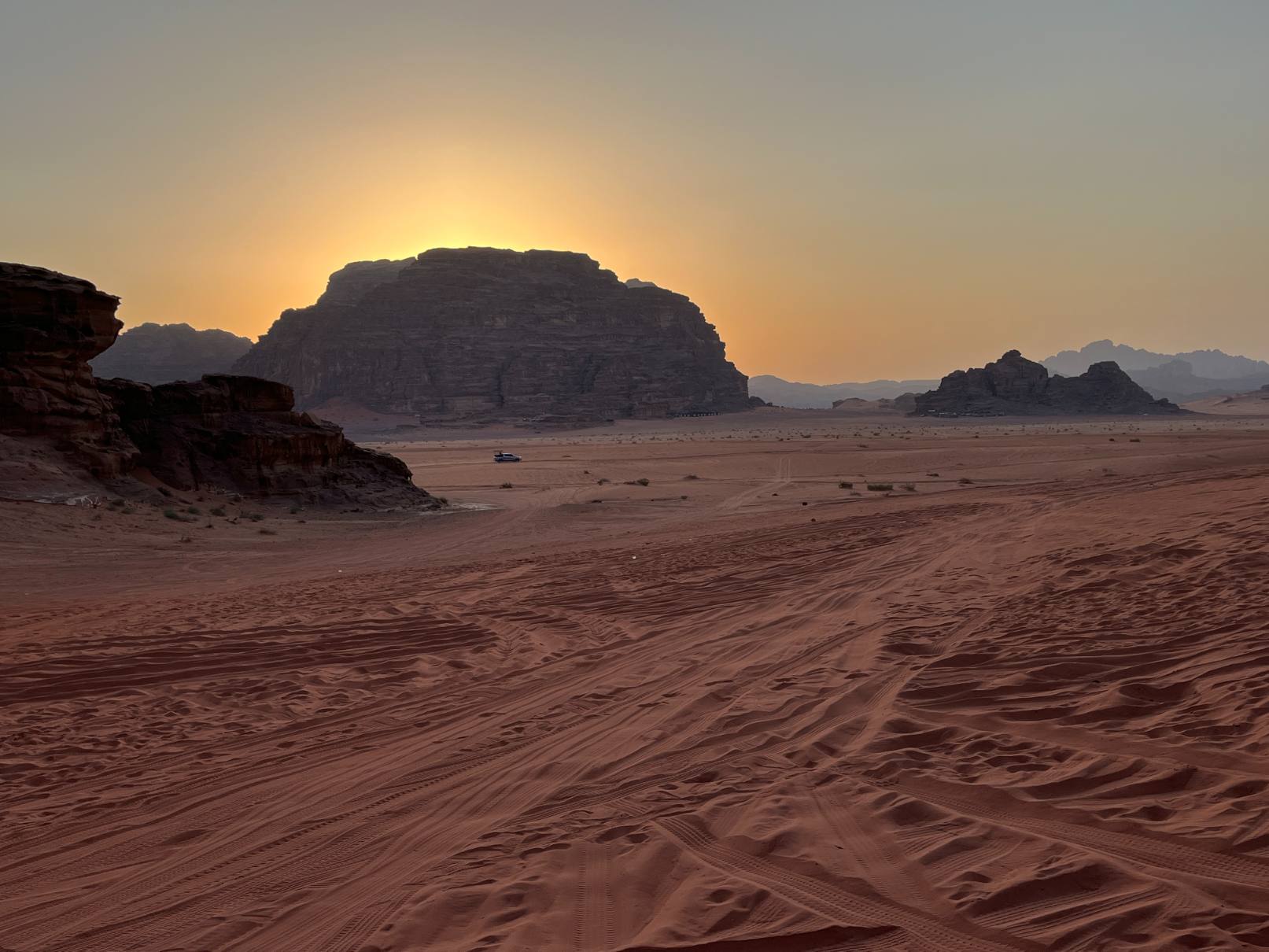
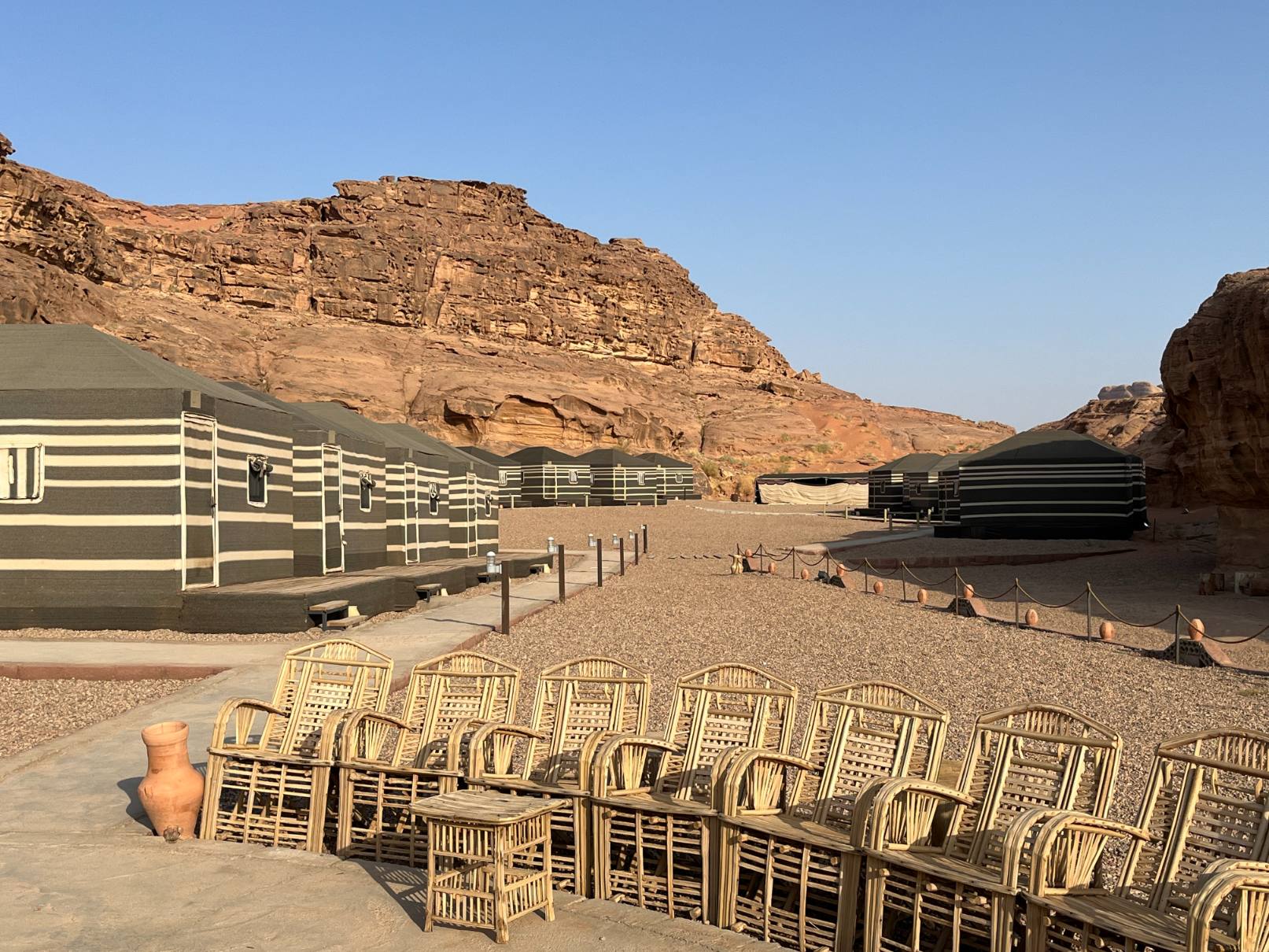
Our Jordan and Petra itinerary promises a timeline of archaeological and scenic treasures from Moses to the Romans, the Crusaders to Laurence of Arabia. After a late night arrival in the Jordan capital Amman, we set off next morning with tour manager Una and local guide Osama to drive south along the Desert Highway towards the red sands and rocky canyons of Wadi Rum. I first saw this desert landscape in David Lean’s epic movie Laurence of Arabia in the 1960s. Inspired by the scenery, the story and, I suspect, Messrs O’Toole and Sharif, I’ve wanted to see it ever since.
We make a short photo stop in front of the mountain that T E Laurence dubbed The Seven Pillars of Wisdom – later the title for his book – and enjoy a buffet lunch with desert views, before heading to the Wadi Space Village, one of many small tourist camps nestled in secluded canyons. Accommodation is inside traditionally woven Bedouin tents but with comfortable beds and en-suite shower. And at 5 o’clock we set off in a Jeep convoy to experience this unique landscape at close quarters, returning at sunset for a BBQ cooked beneath the desert sand.
Petra, large and small
No tour group to Jordan will miss Petra, but Riviera customers also visit Little Petra, some 8 km from the main site. This small canyon lined with cave homes and hostelries was where camel caravans would arrive before their owners headed to the main trading town run. It’s a short, low key visit, but a treat to have the site almost to ourselves.
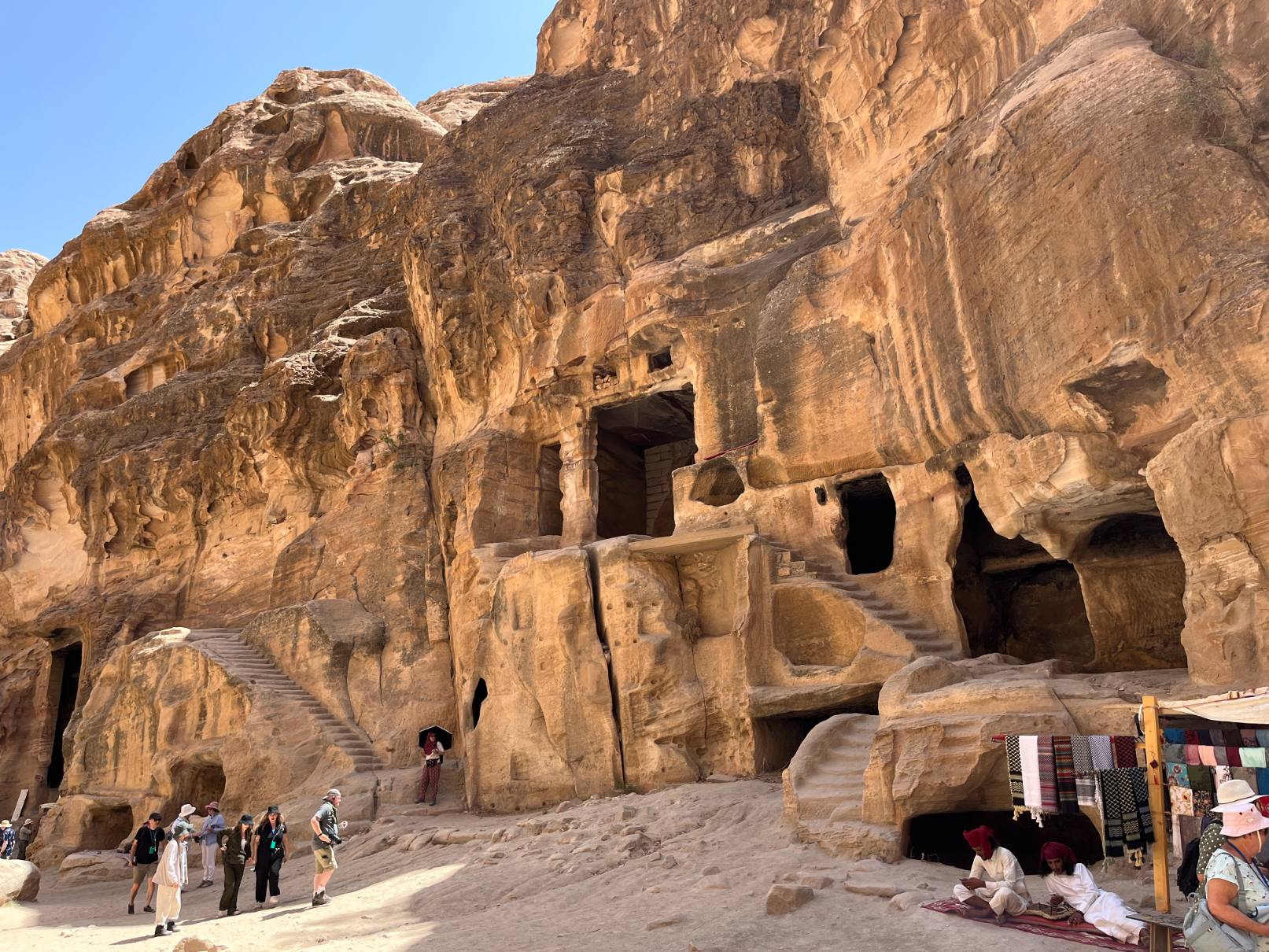
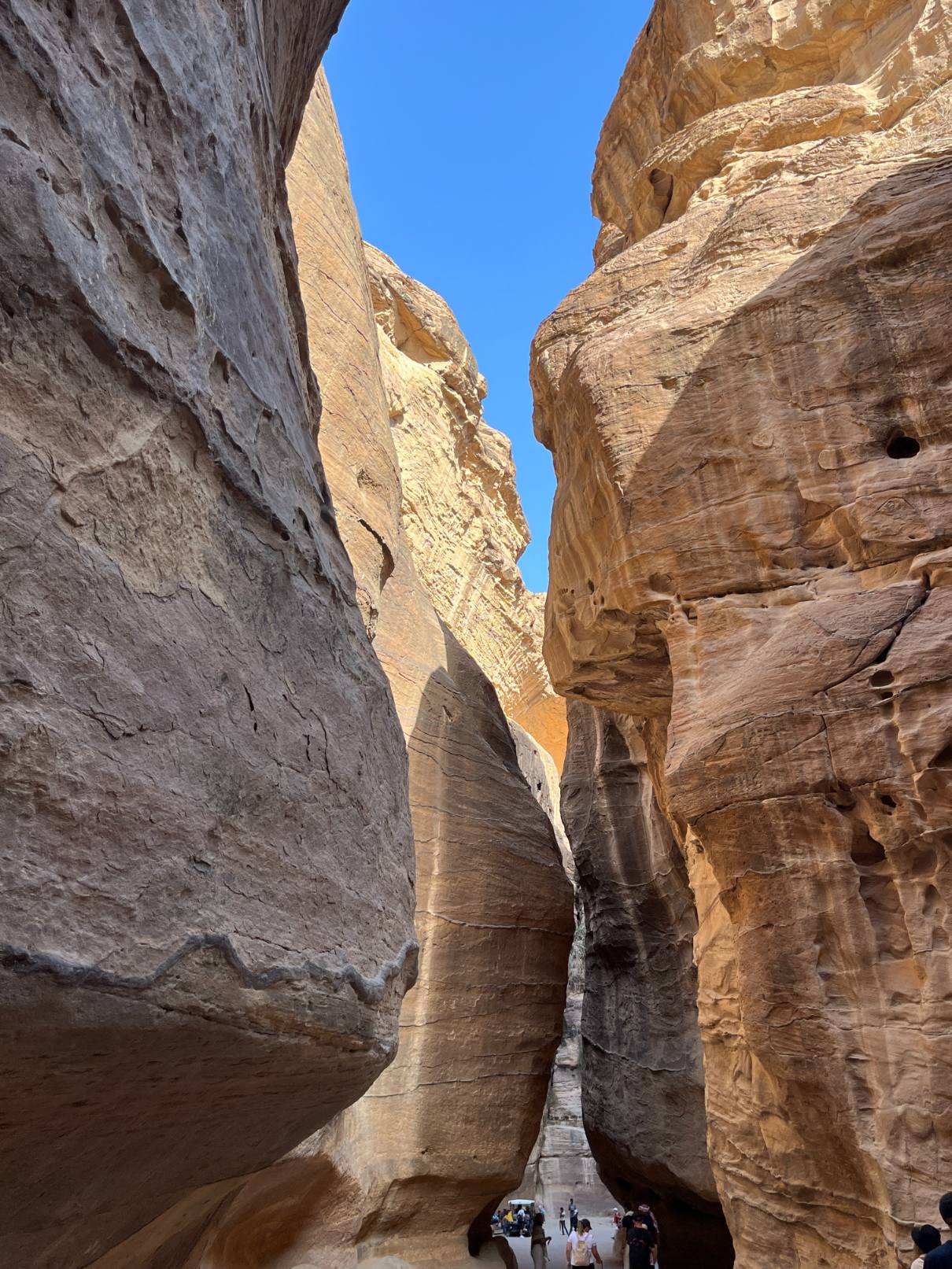
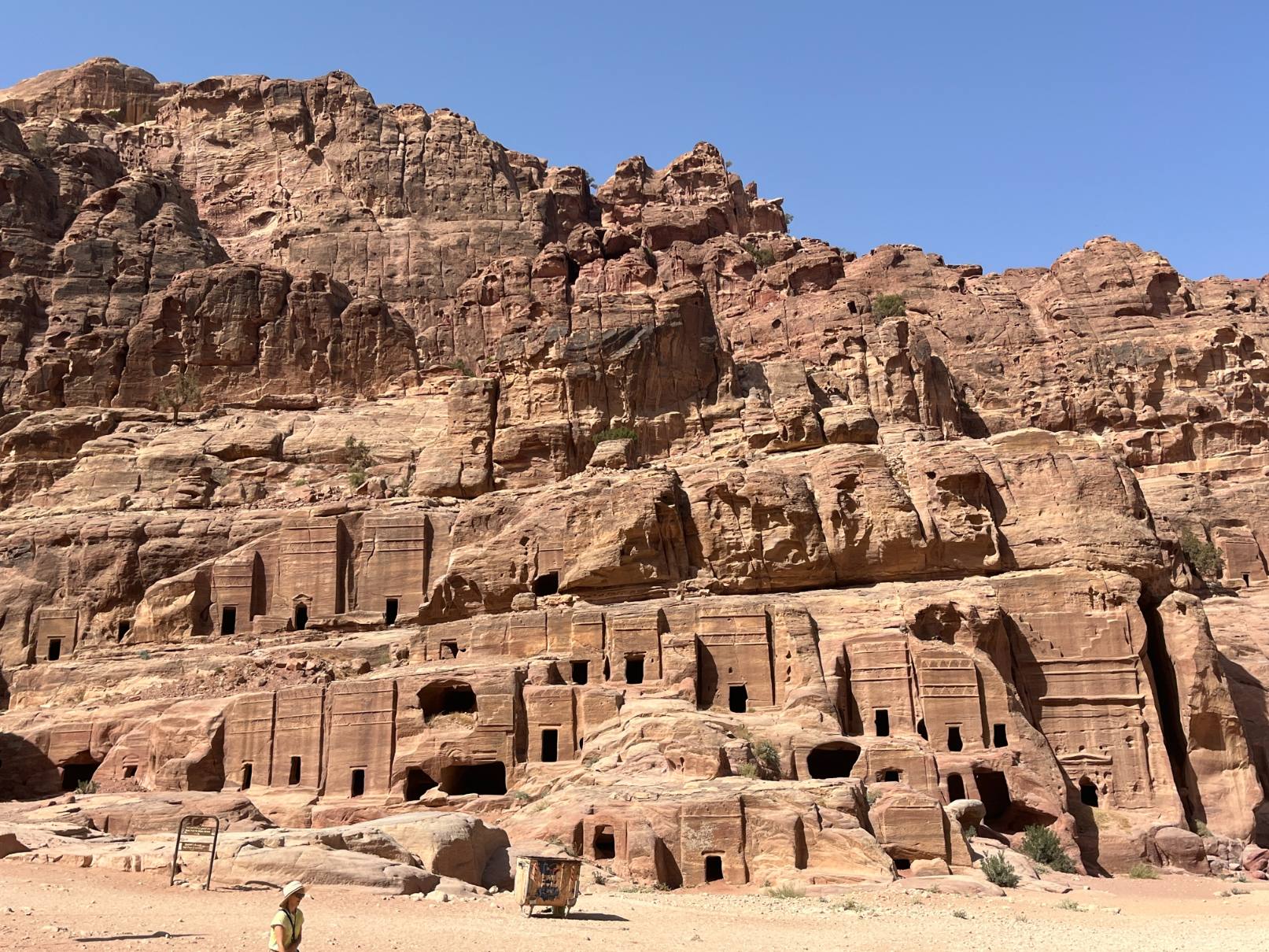
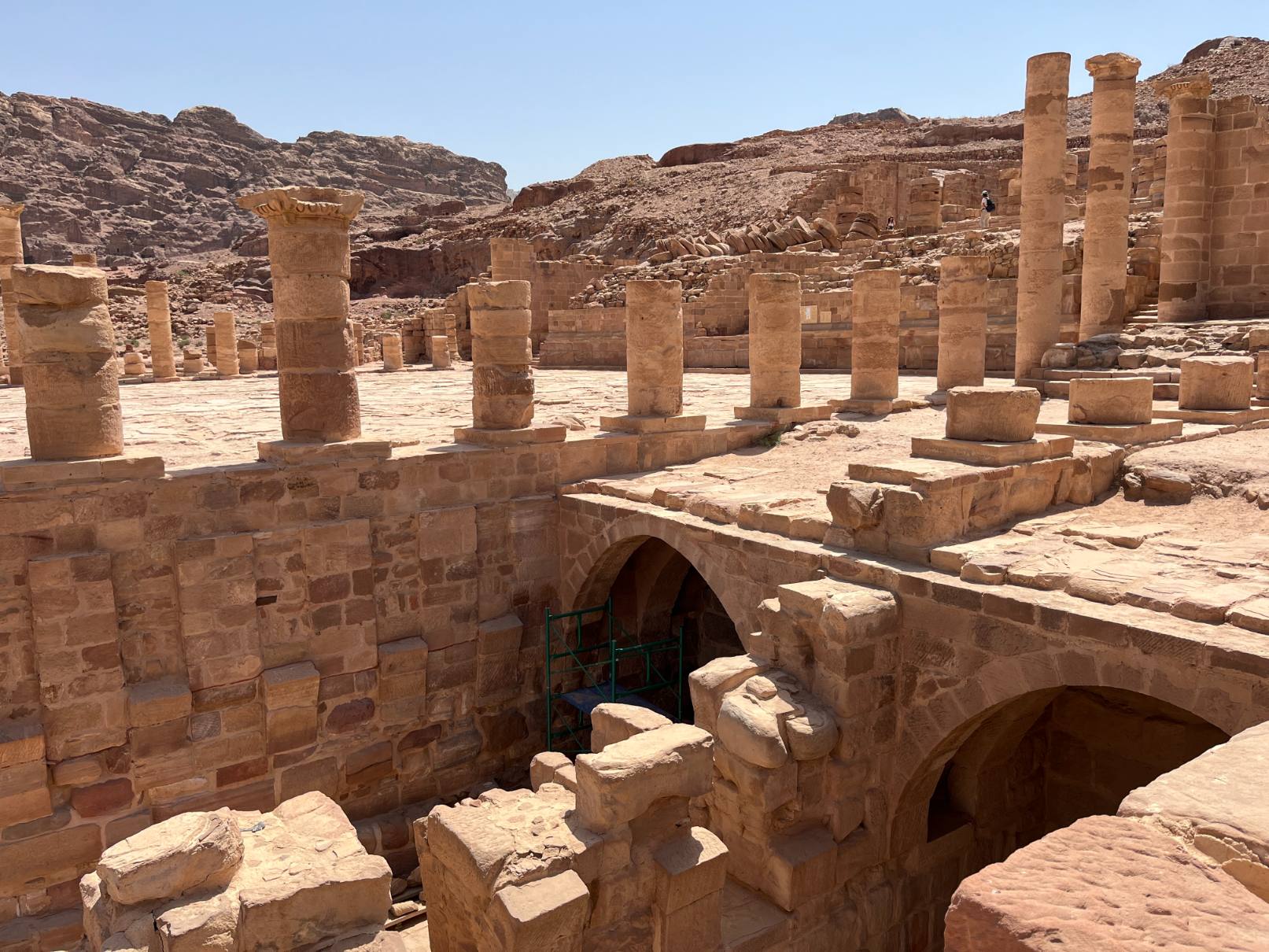
For two nights, we stay nearby at the excellent Old Village Resort at Wadi Musa, a luxury hillside hotel where each room was once home to a local family. From here, it is just minutes’ drive to the main Petra site. Visitors walk (or take a free horse ride) down a wide path lined with monuments before arriving at the start of the narrow gorge or siq. Buggy transport is available here to the Treasury for those who don’t want to walk.
But however you choose to arrive, that first glimpse of the Treasury is unforgettable. Equally impressive is the rest of this huge site – a 5-mile loop if you walk the complete circuit, with optional side trails for those with more hours and stamina.
Crusader castle and Moses’ mountain
Leaving Petra, we head north again up the Kings’ Highway, a rural but hugely important route over the centuries. We stop first at Shobak Castle, one of several castles built or refortified by the Crusaders in the 12th century. The surrounding hills are barren in the extreme so it’s good to spot a well-fed fox trotting through the ruins!
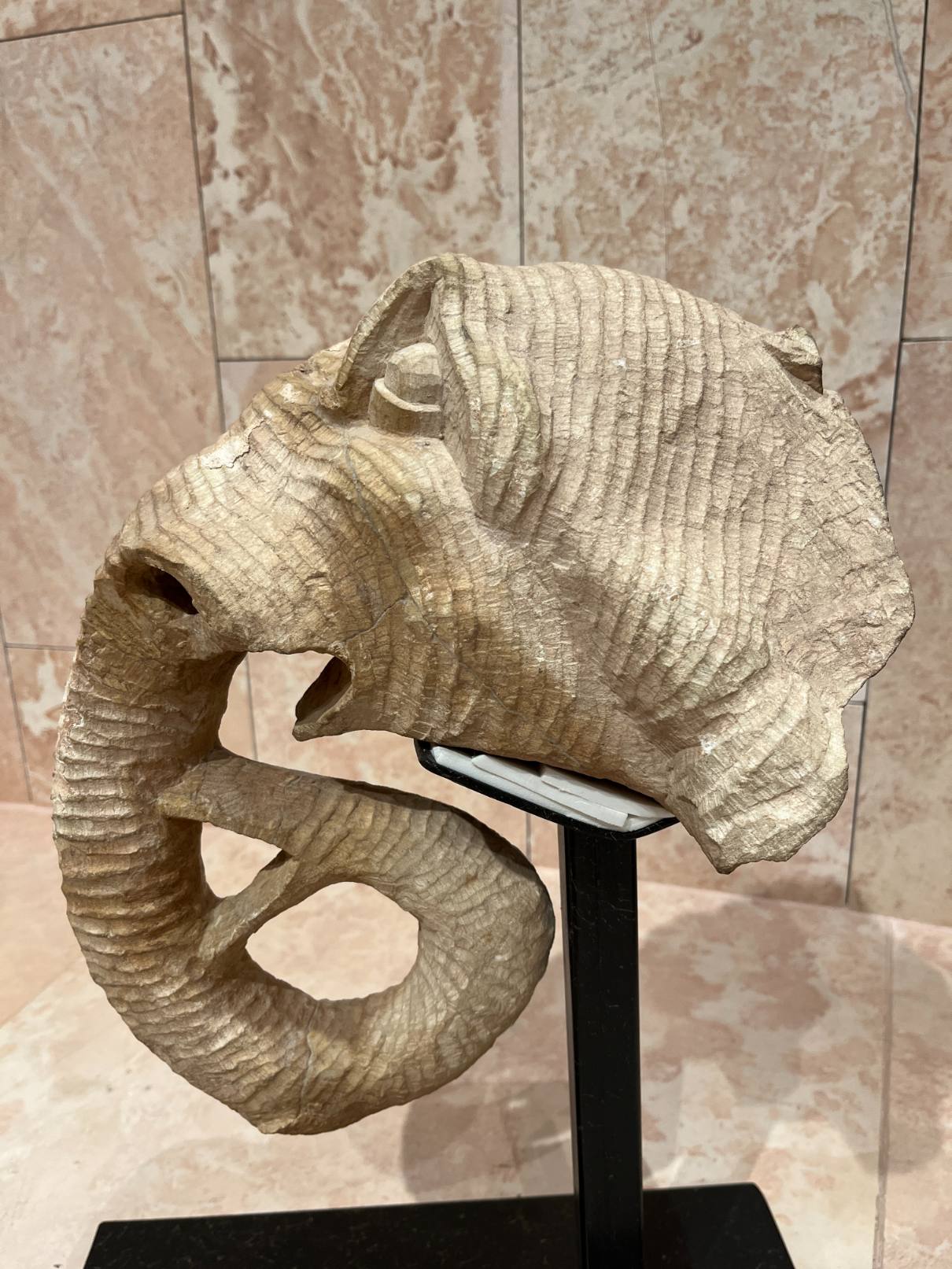
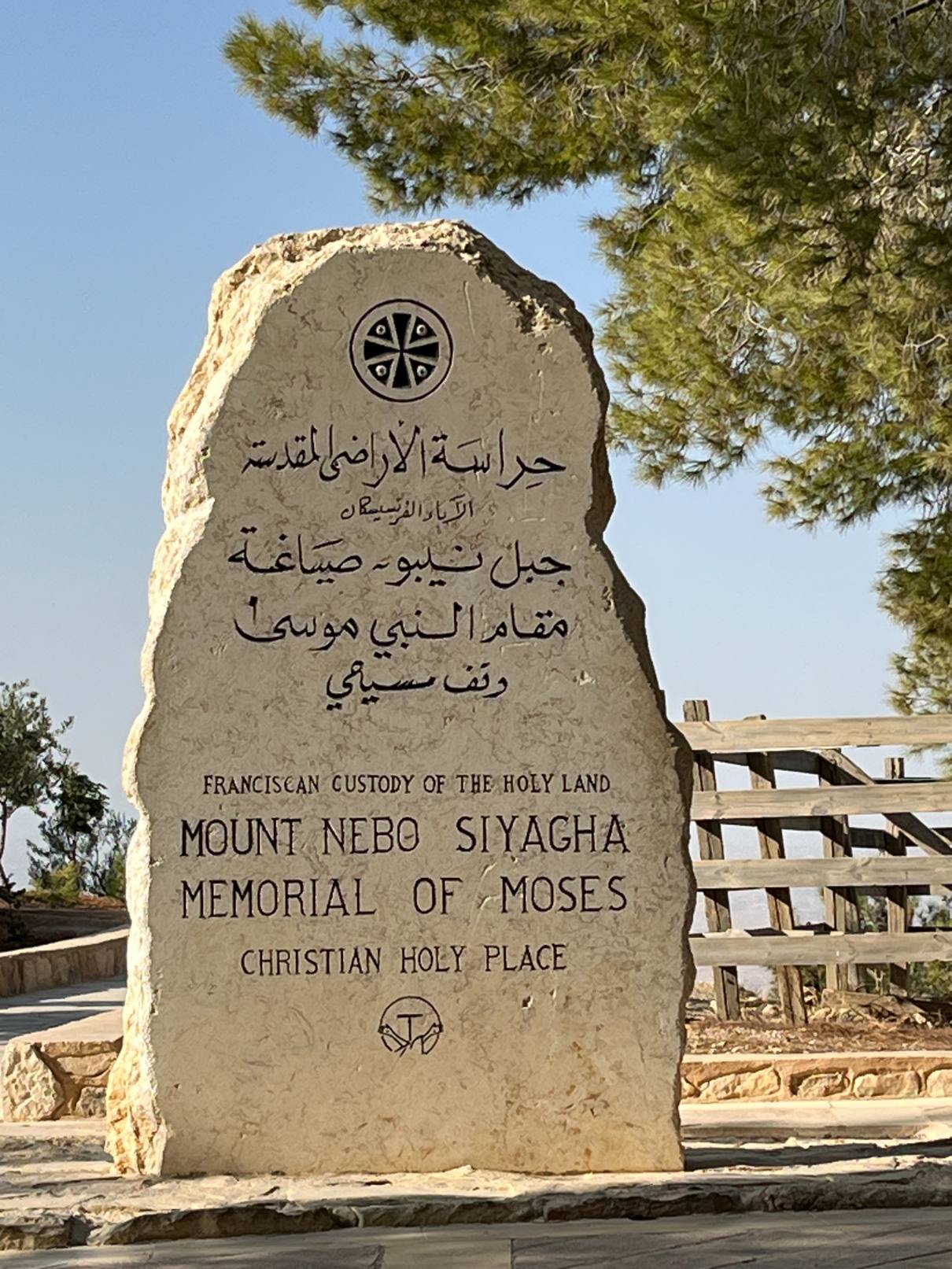
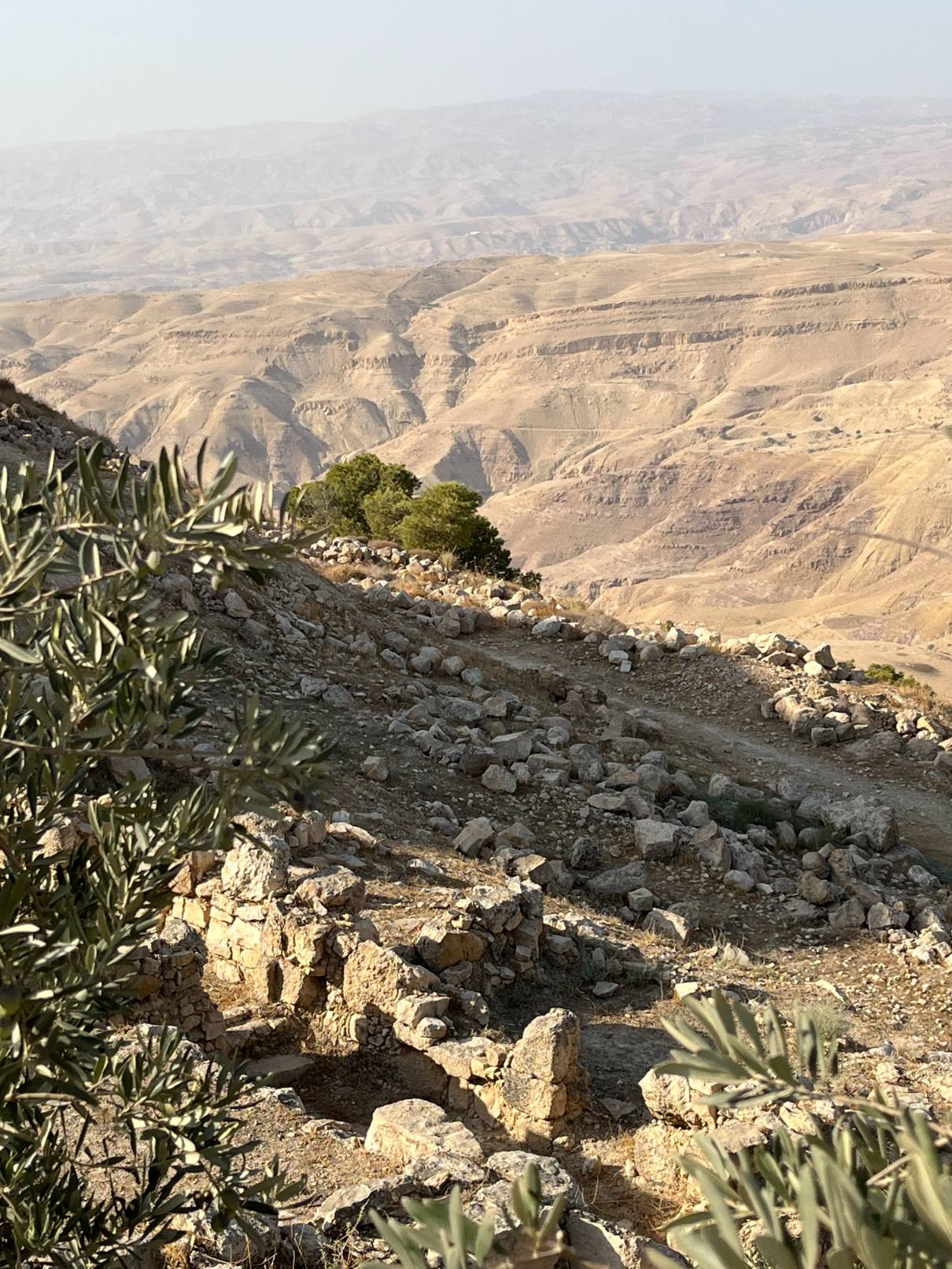
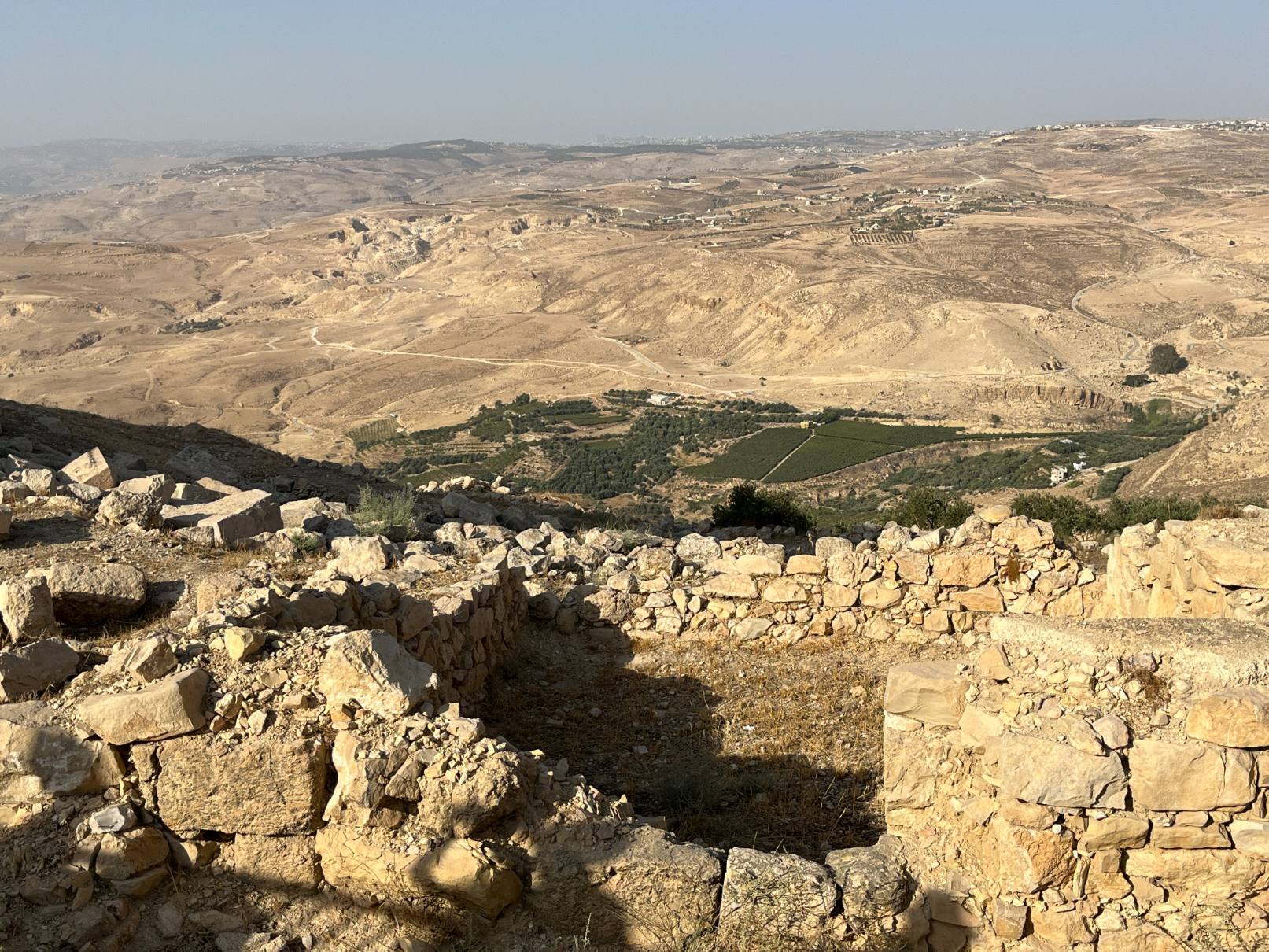
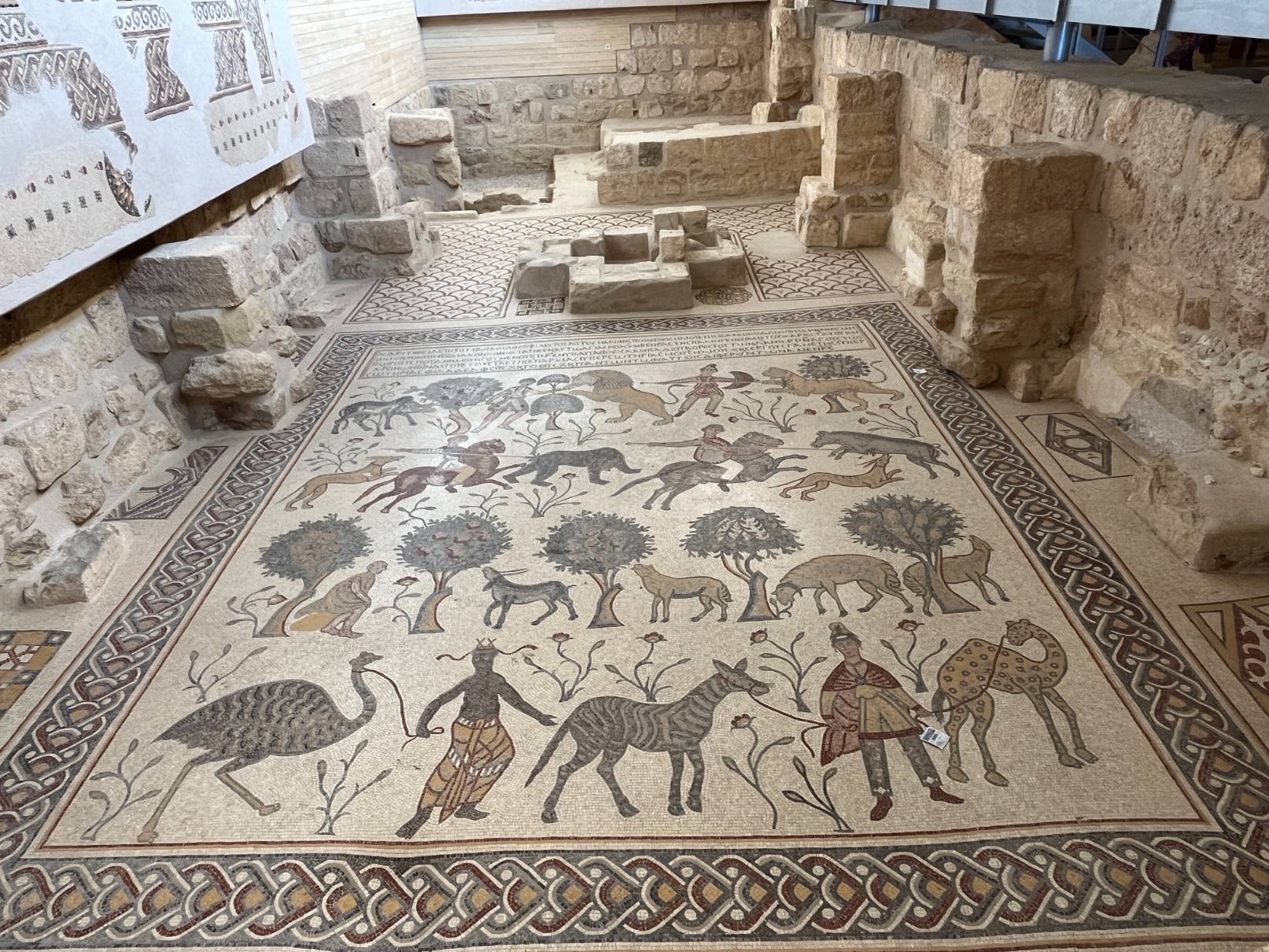
Then we head to Madaba, a predominantly Christian town in this mainly Moslem country. Here we stop at the Church of St George to see the oldest known map of the Holy Land, made by local mosaic craftsmen. Close to Madaba, we also visit Mount Nebo where Moses allegedly died after showing his people the Promised Land. There are more glorious mosaics in the Moses Memorial Church and, from the hilltop terrace, we enjoy our first view of the northern end of the Dead Sea.
Roman Jerash and a Dead Sea dip

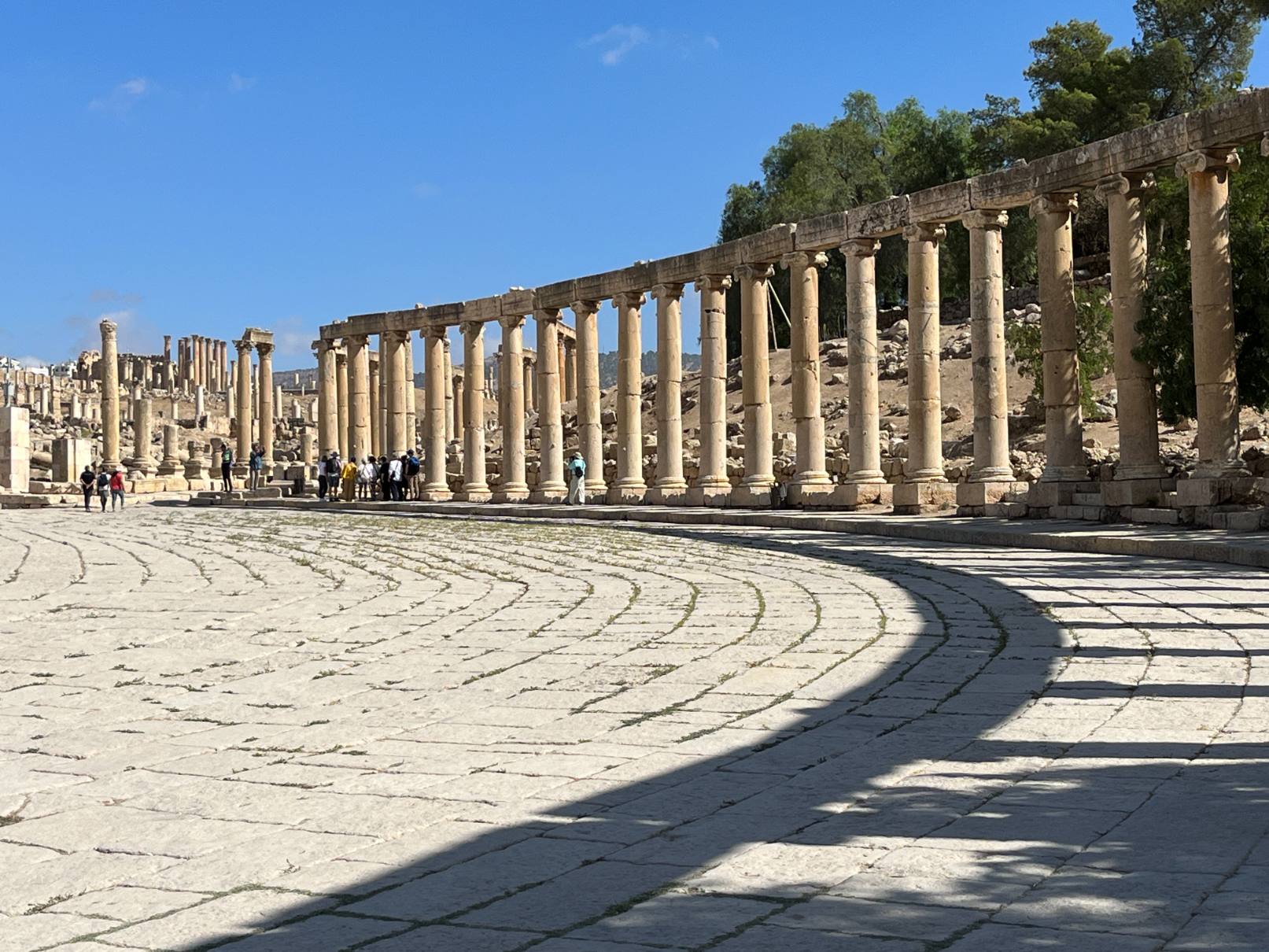
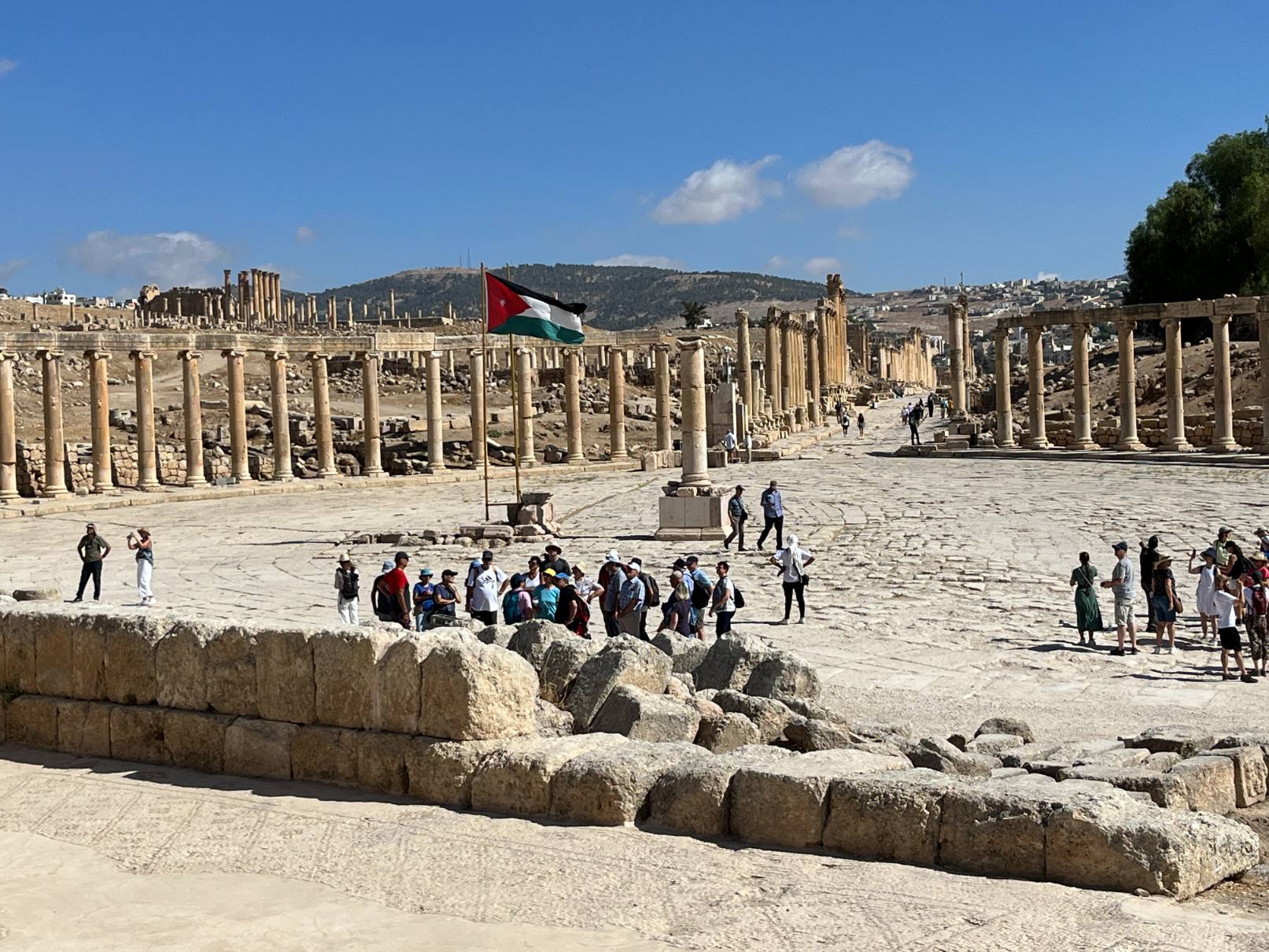
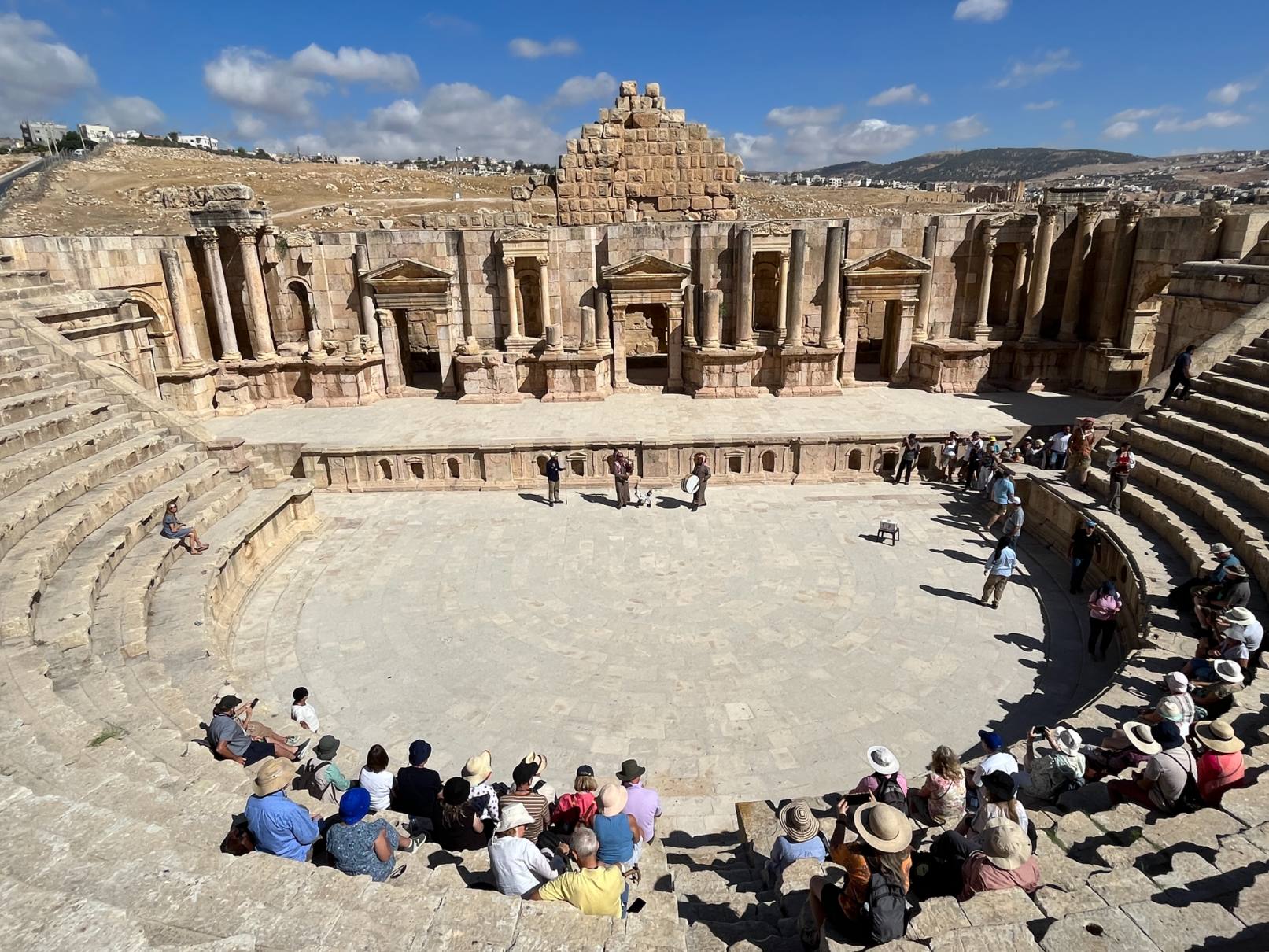
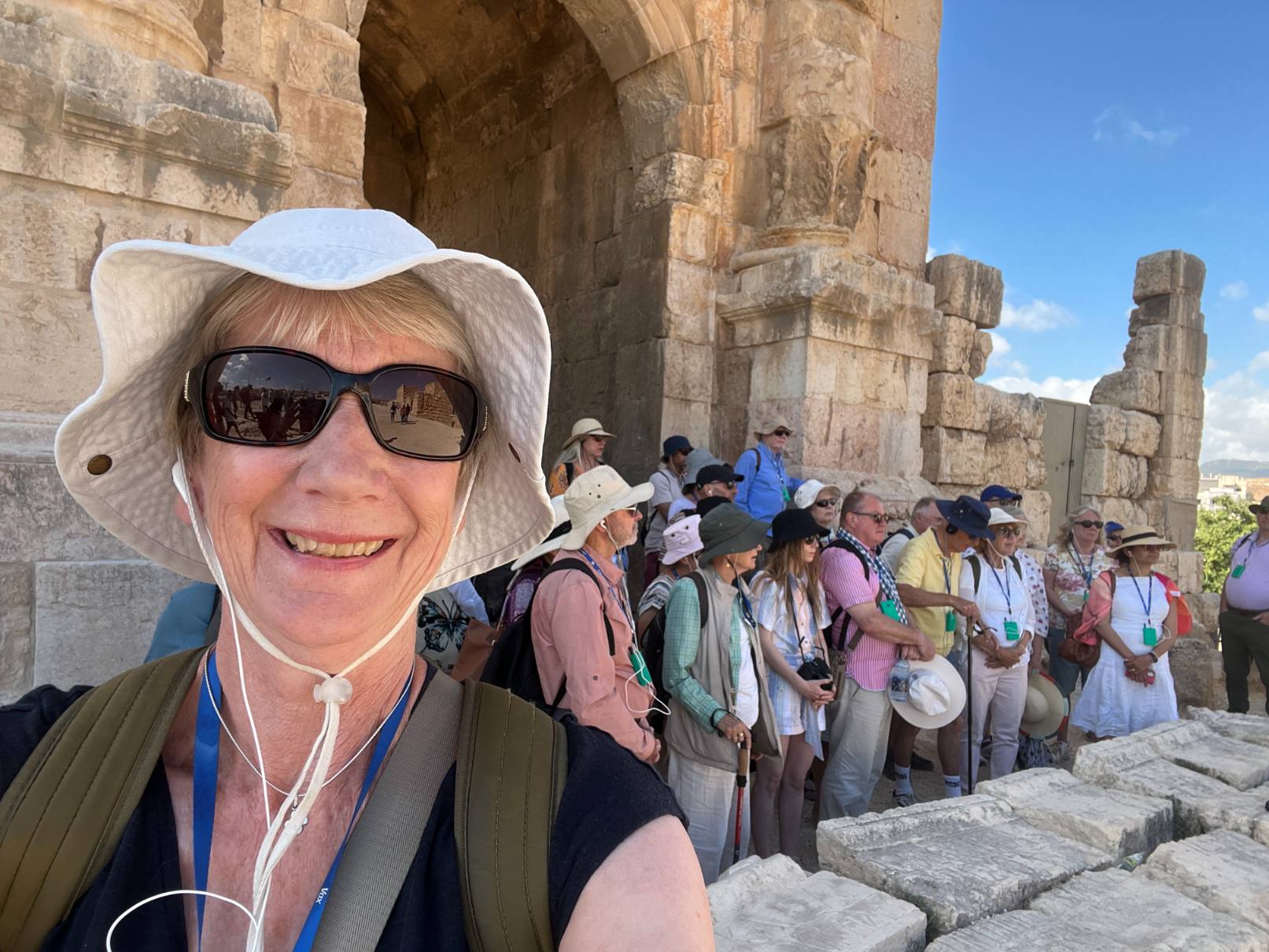
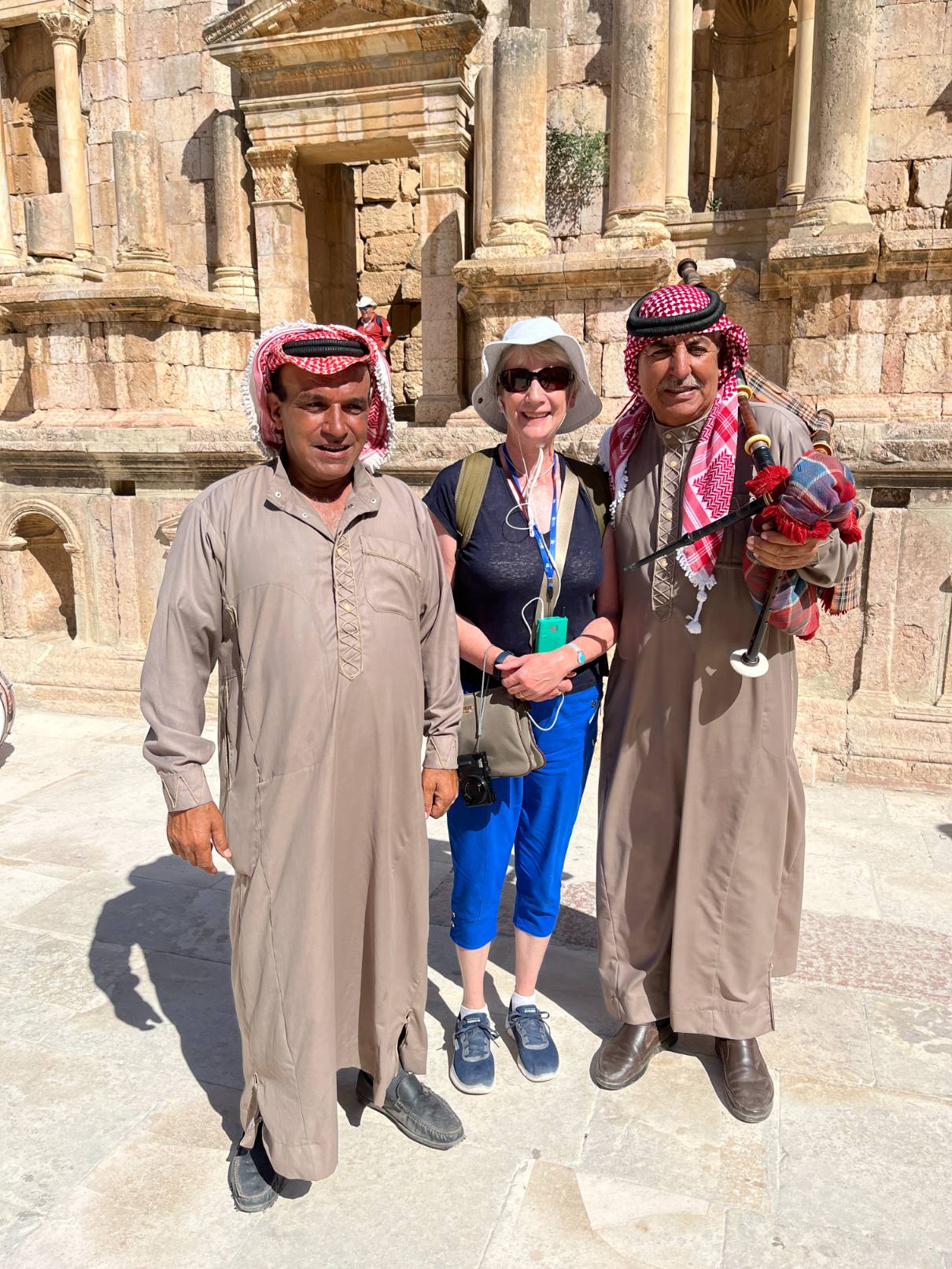
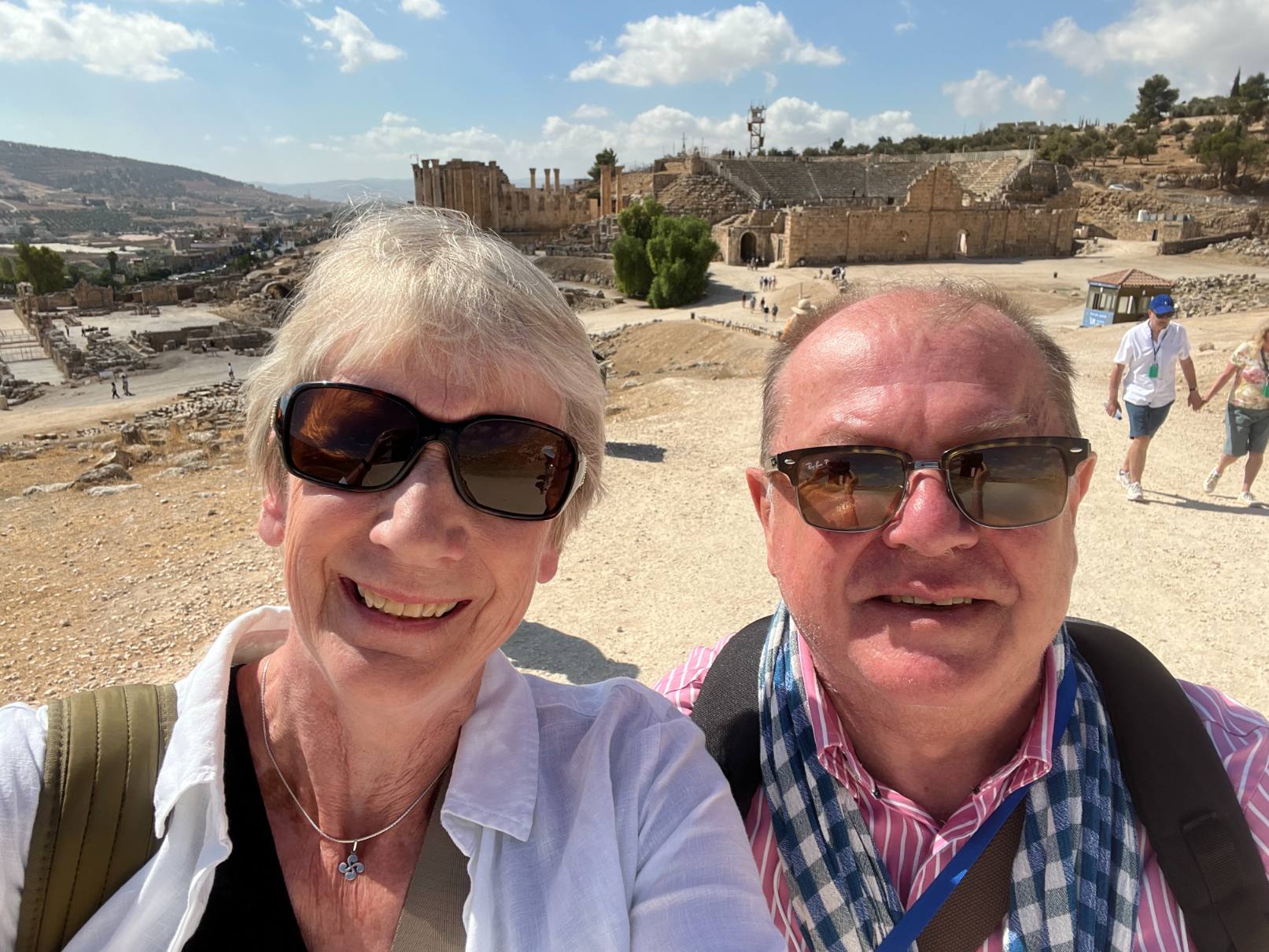
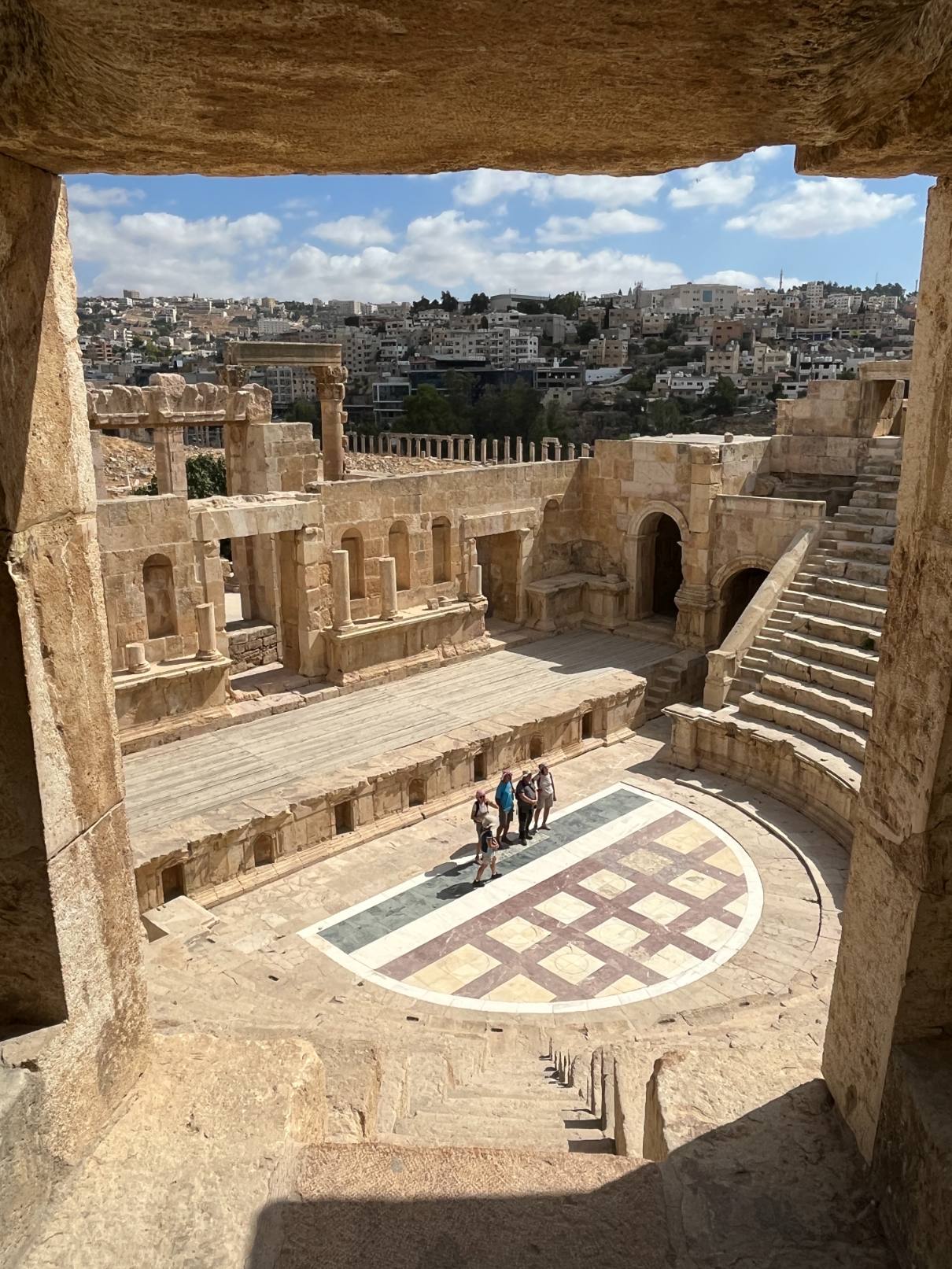
From an altitude of 800 metres on Mount Nebo, we snake down the mountain road to the Holiday Inn Dead Sea, more than 400 metres below sea level, the dry Jordanian heat suddenly replaced by high humidity. This inland ‘sea’ is shrinking by up to 3 feet a year, the shoreline relentlessly retreating from the hotel’s many pool terraces.
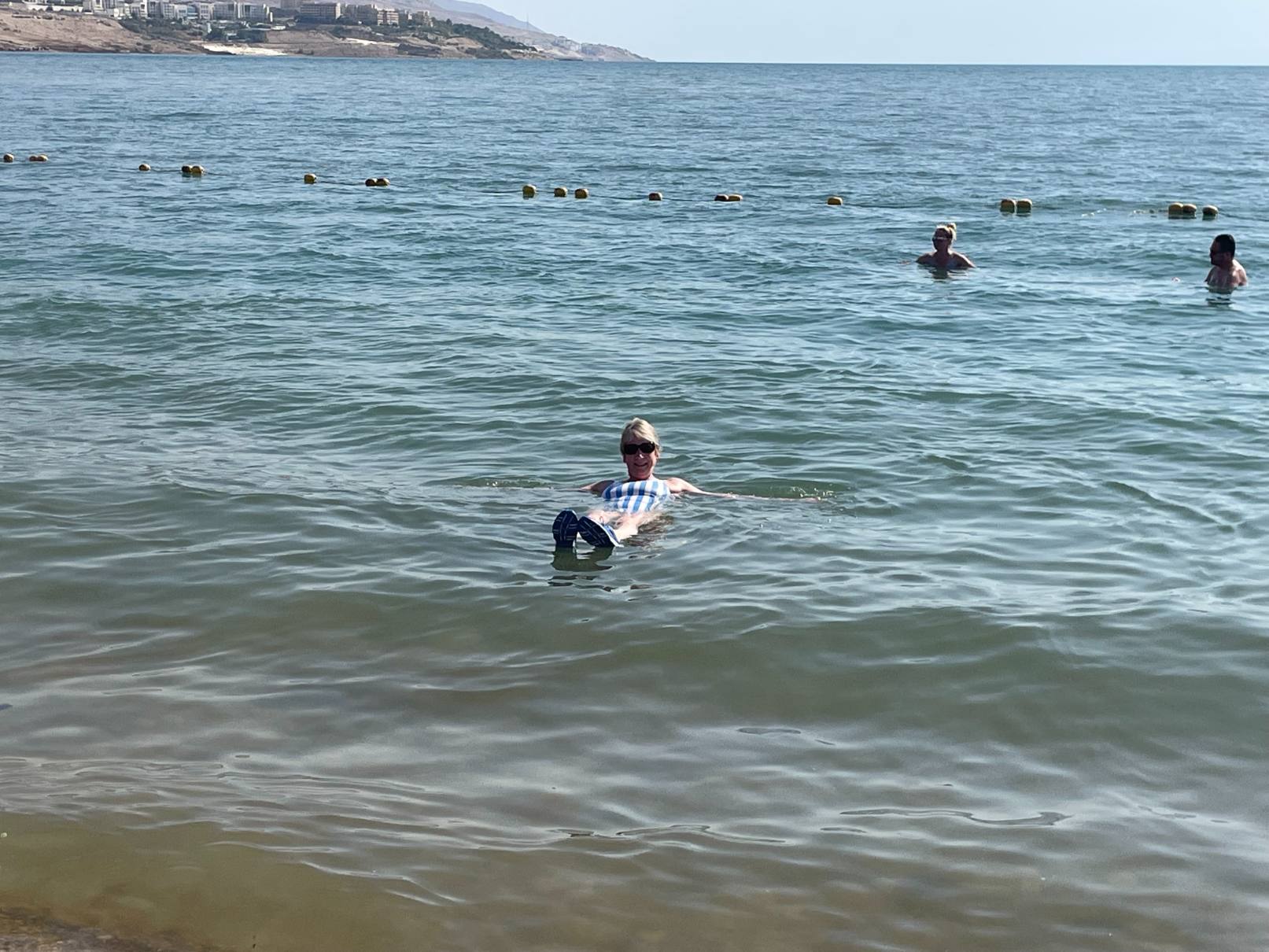
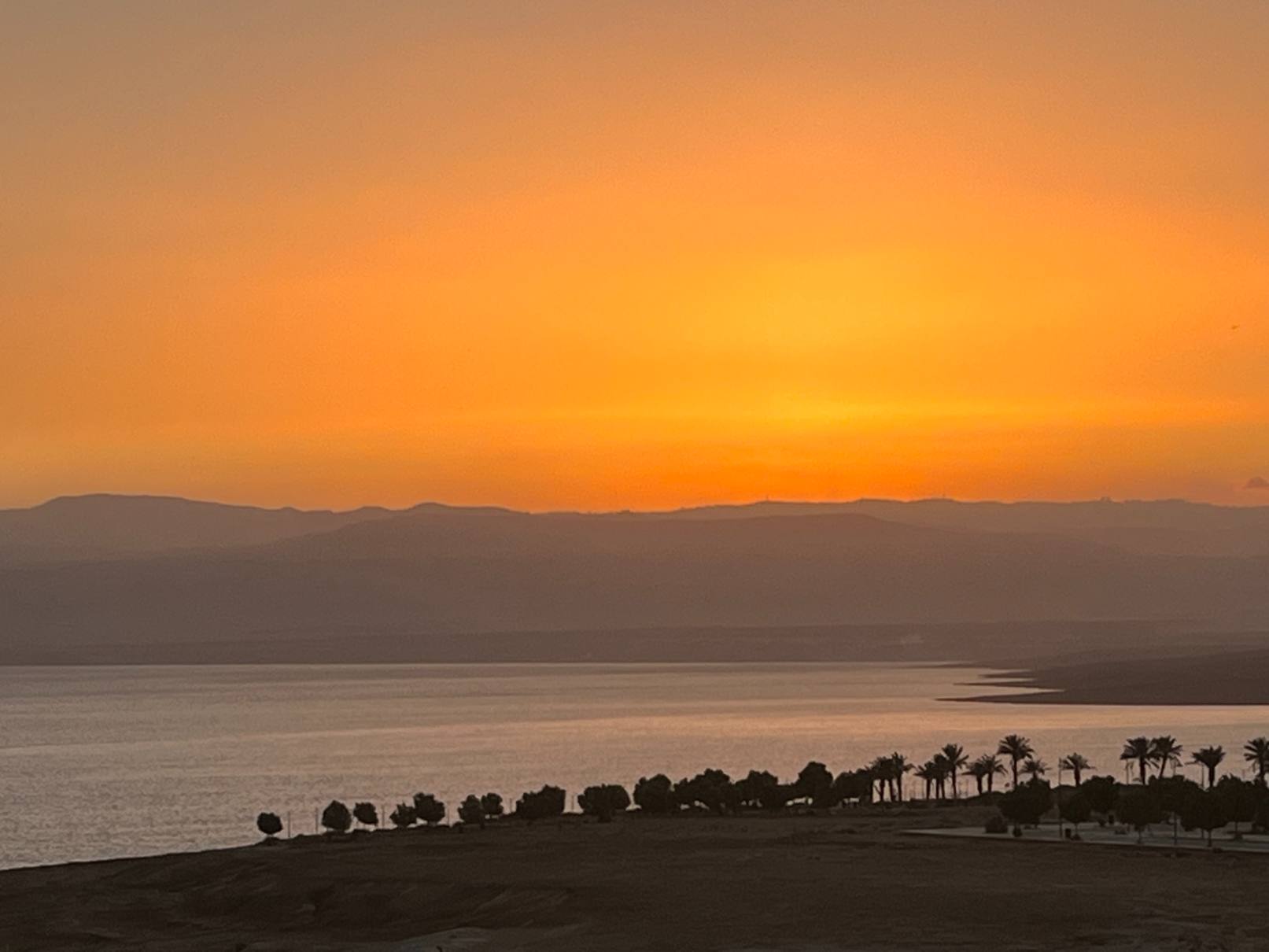
We watch the sun set over the West Bank from our hotel balcony, the lights of Jerusalem just visible in the distance. Then on our final morning, we head to Jerash, north of Amman, and the Roman city of Gerasa. Like Petra, it is far beyond my expectations. Osama guides us through the Hippodrome or race track, into the magnificent oval forum, and inside the huge Southern Theatre where two former Jordanian soldiers entertain us with their traditional bagpipes. We then have free time to explore the rest of the site – the Northern theatre, a long paved ‘high street’, huge temples, and a museum of artefacts.
Back at the Dead Sea, we have time for that must-do afternoon dip with optional black mud for the family photo album. Another bucket-list tick in a trip crammed with unforgettable experiences.
Travel tips
We travelled in early September, as the summer heat is cooling down. Temperatures can still be 30-35° – hotter at the Dead Sea – but coaches, restaurants and hotels are air-conditioned. Broad-brimmed hat, sun cream and cover-up are essential. Bottled water is widely available. Temperatures are cooler in October and November; winter can be cold, but tours run again from March to June.
Expect some early starts and some lengthy coach journeys, but comfort stops are built in at good facilities (often with souvenir sales and cafes attached) as well as buffet lunch stops (optional and extra charge, but always good quality and variety). Our coach also had a hugely efficient WiFi system.
Educated Jordanians all speak English and we found people friendly and helpful. Many of the once-nomadic Bedouins now live a settled life and make a living from tourism such as the gift stalls and camel rides in Petra. Smile and be firm if you don’t want to buy, but remember too that this is their livelihood.
By the time I come home, I’m amazed at how many iconic experiences I have ticked off in just six days. And every one has delivered the Wow-factor. Equally importantly, I’ve gained a far greater understanding of the Middle East, its people and politics, from the ancient civilisations of Biblical times through tribal clashes, the division of lands after World War I, and the current complex relationships between neighbouring Arab countries.
I have shaken the sand from my desert shoes and washed the salt from my Dead Sea sandals, but the memory of Jordan and its people will live with me forever. Go and see for yourself…
Next steps:
In 2024, Riviera Travel’s Jordan and Petra tour costs from £2,299pp, based on a 9 April departure. Find out more, get a quote and book your trip by calling our Silver Travel Advisors on 0800 412 5678.
Gillian arranged Meet & Greet airport parking at Heathrow and No 1 lounge facilities through www.holidayextras.com
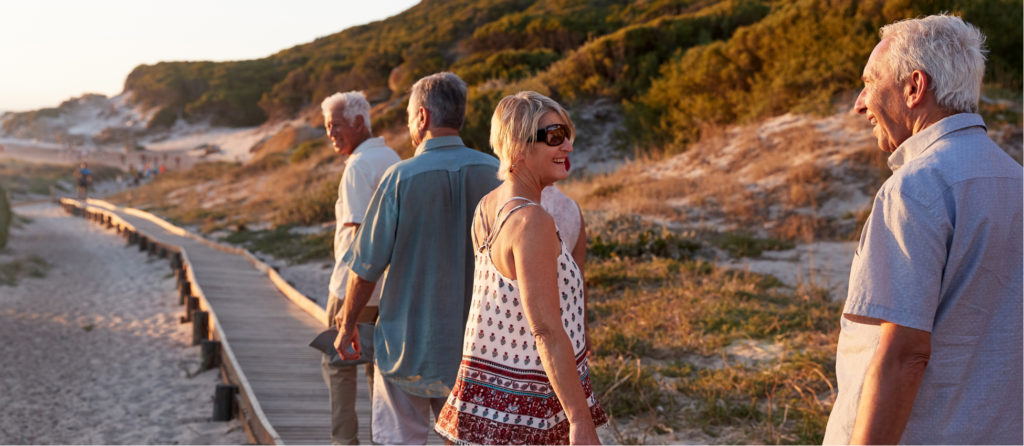
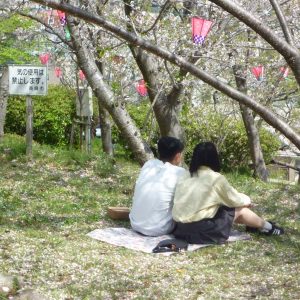
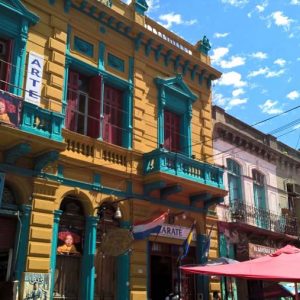
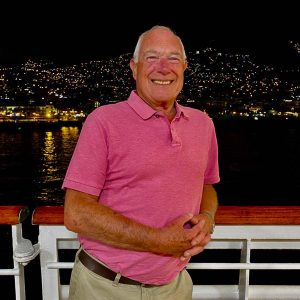
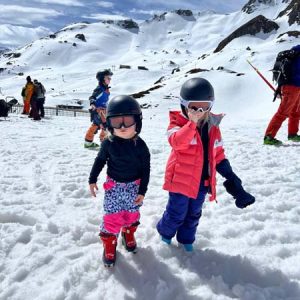







2 Responses
Gillian – what a brilliant article. I have long wanted to visit Jordan but for some reason have never quite made it. You have given me renewed impetus to have another go although I might just wait a little while for obvious reasons! Thanks for an excellent piece. It is clear that Jordan is an essential place to visit and I must do so as soon as I can.
Thanks for your kind words, Richard. I’m glad that my enthusiasm for the country inspired you again to visit. Sad in the extreme what is going on next door, but I have friends still flying out for a Jordan holiday in early November so hopefully Jordan, its people and archaeological treasures will be untouched by the current troubles. I really can’t recommend it highly enough. And our tour with Riviera was an excellent way to see the highlights.